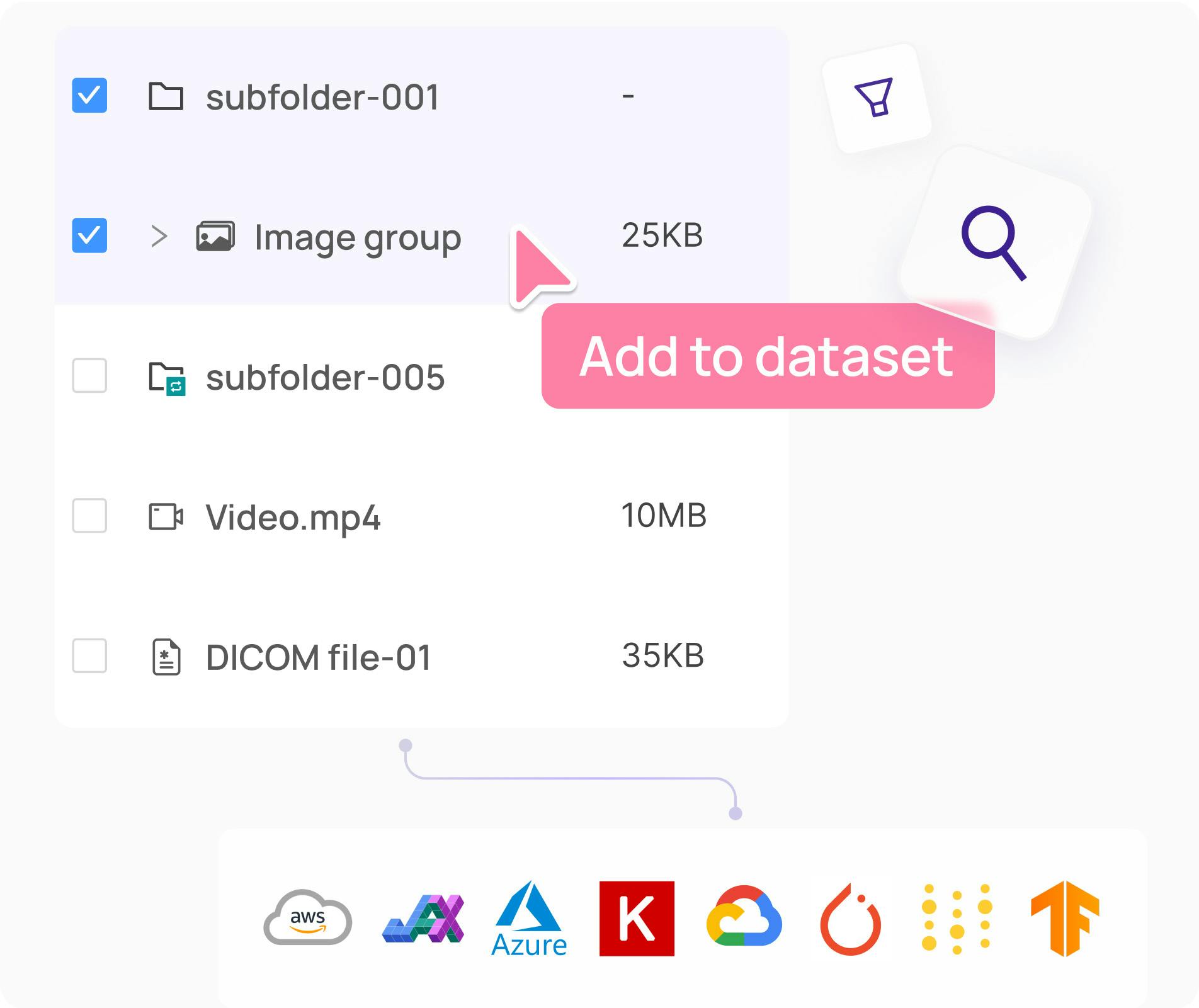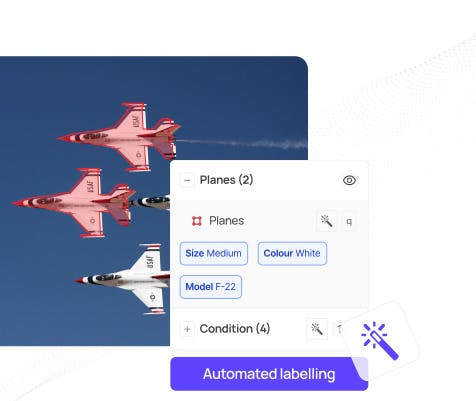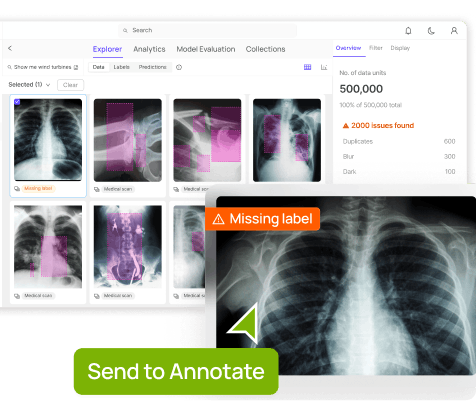Contents
1. You're Only Measuring Accuracy, Not Alignment
2. Your Evaluation Is Static While Your Model Evolves
3. You're Lacking Human Oversight Where It Matters Most
Rethinking Evaluation as Infrastructure
Final Thought
Encord Blog
3 Signs Your AI Evaluation Is Broken
5 min read

Generative AI is making its foothold in many industries, from healthcare to marketing, driving efficiency, boosting creativity, and creating real business impact. Organizations are integrating LLMs and other foundation models into customer-facing apps, internal tools, and high-impact workflows. But as AI systems move out of the lab and into the hands of real users, one thing becomes clear: Evaluation is no longer optional, it’s foundational.
On a recent webinar hosted by Encord and Weights & Biases, industry experts Oscar Evans (Encord) and Russell Ratshin (W&B) tackled the evolving demands of AI evaluation. They explored what’s missing from legacy approaches and what it takes to build infrastructure that evolves with frontier AI, rather than struggling to catch up.
Here are three key signs your AI evaluation pipeline is broken and what you can do to fix it.
1. You're Only Measuring Accuracy, Not Alignment
Traditional evaluation frameworks tend to over-index on objective metrics like accuracy or BLEU scores. While these are useful in narrow contexts, they fall short in the real world where AI models need to be aligned with human goals and perform on real-world,complex tasks that have nuance.
Oscar Evans put it simply during the webinar:
AI systems can generate perfectly fluent responses that are toxic, misleading, or factually wrong. Accuracy doesn’t catch those risks, whereas alignment does. And alignment can't be assessed in a vacuum.
Fix it:
- Implement rubric-based evaluations to assess subjective dimensions like empathy, tone, helpfulness, and safety
- Incorporate human-in-the-loop feedback loops, especially when fine-tuning for use cases involving users, compliance, or public exposure
Measure alignment to intent, not just correctness, particularly for open-ended tasks like summarization, search, or content generation
2. Your Evaluation Is Static While Your Model Evolves
While models are constantly improving and evolving, many teams still run evaluations as one-off checks, often just before deployment, not as part of a feedback loop.
This creates a dangerous gap between what the model was evaluated to do and what it’s actually doing out in the wild. This is especially true in highly complex context or dynamic environments that require precision in edge-case deployment, such as healthcare or robotics.
Without continuous, programmatic, and human-driven evaluation pipelines, teams are flying blind as models drift, edge cases emerge, and stakes rise.
Fix it:
- Treat evaluation as a on par with training and deployment in your ML stack
- Use tools like Encord and Weights & Biases to track performance across dimensions like quality, cost, latency, and safety, not just during dev, but in production
- Monitor model behavior post-deployment, flag regressions, and create feedback loops that drive iteration
3. You're Lacking Human Oversight Where It Matters Most
LLMs can hallucinate, embed bias, or be confidently wrong. And when they're powering products used by real people, these errors become high-risk business liabilities.
Programmatic checks are fast and scalable, but they often miss what only a human can see: harmful outputs, missed context, subtle tone problems, or ethical red flags.
Yet many teams treat human evaluation as too slow, too subjective, or too expensive to scale. That’s a mistake. In fact, strategic human evaluation is what makes scalable automation possible.
Fix it:
- Combine programmatic metrics with structured human feedback using rubric frameworks
- Build internal workflows, or use platforms like Encord, to collect, structure, and act on human input efficiently
- Ensure diverse evaluator representation to reduce systemic bias and increase robustness
When done right, human evaluation becomes not a bottleneck, but a force multiplier for AI safety, alignment, and trust.
Rethinking Evaluation as Infrastructure
The key takeaway: AI evaluation isn’t just a QA step. It’s core infrastructure that not only ensure success of the models being deployed in the present but also those being developed for the future.
If you're building AI that interacts with users, powers decisions, or touches production systems, your evaluation stack should be:
- Integrated: built directly into your development and deployment workflows
- Comprehensive: covering not just accuracy but subjective and contextual signals
Continuous: updating and evolving as your models, data, and users change - Human-Centric: because people are the ones using, trusting, and relying on the outcomes
This is the key to building future-ready AI data infrastructure. Not only will this allow high-performance AI teams to keep up with progress but also implement tooling that lets them move with it.
Final Thought
If your AI evaluation is broken, your product risk is hidden. And if your evaluation can’t evolve, neither can your AI.
The good news? The tools and practices are here. From rubric-based scoring to human-in-the-loop systems and real-time performance tracking, teams now have the building blocks to move past ad hoc evaluation and toward truly production-ready AI.
Catch the full webinar with Encord + Weights & Biases for a deep dive into real-world evaluation workflows.
Explore the platform
Data infrastructure for multimodal AI
Explore product
Explore our products


